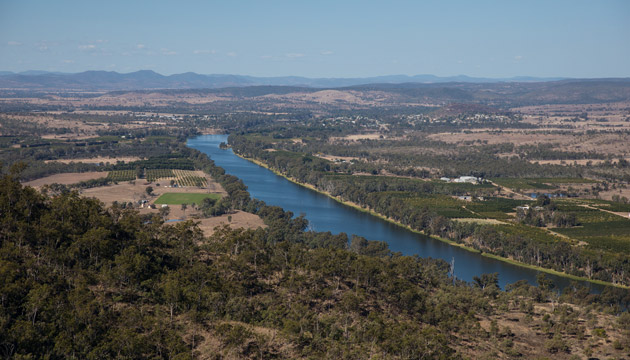This old rural town is the centre of Queensland’s citrus-growing industry and a haven for working backpackers.
Story Bruce McMahon Photos David Kelly
Gayndah is a relaxed and resilient settlement, laying claim to being the oldest town in Queensland. It was once under consideration to become the state capital.
Rich pastoral lands alongside the Burnett River, some 325 kilometres north-west of Brisbane, were first scouted by white settlers in 1843 and a town was gazetted here in 1852. Yet parts of the 150km of Burnett River from the coast to this new township were deemed too shallow for major water transport to a state capital. Brisbane and Ipswich then grew to become cities, leaving Gayndah – which means either ‘thunder’ or ‘place of scrub’ in the local Waka Waka language – as Queensland’s oldest ‘town’.
In 1892 William Seeney planted 106 orange and mandarin trees here and farmers realised fertile lands alongside the river suited intensive agriculture, pushing traditional cattle and sheep properties away from the waterway. A spectacular panorama from the top of McConnell Lookout, some 15km north of town, highlights how orchards still hug the Burnett River’s banks, with grazing lands stretching beyond that.
The beef industry remains strong, too, contributing to a healthy economy on display in the vibrant main street. It includes the five-metre-high Big Orange store and cafe, four motels, supermarkets, fuel stations, cafes, butchers and a bakery scattered among old buildings, such as the Grand Hotel, built in 1912, and the 1928 courthouse, with its unusual town clock outside, designed to resemble a citrus tree. The Art Deco North Burnett Regional Council chambers is one of a number of heritage-listed buildings along Capper Street.
This story excerpt is from Issue #121
Outback Magazine: October/November 2018










